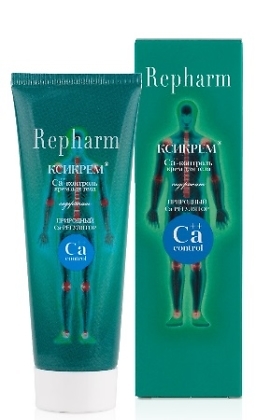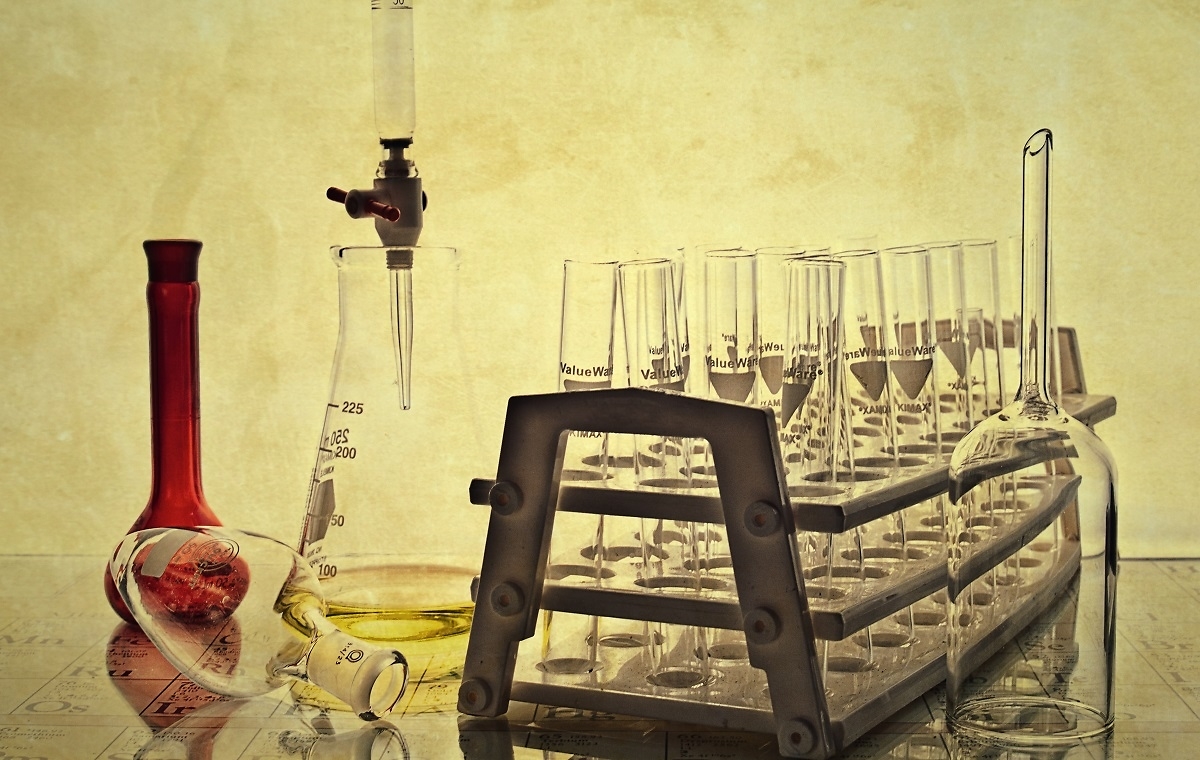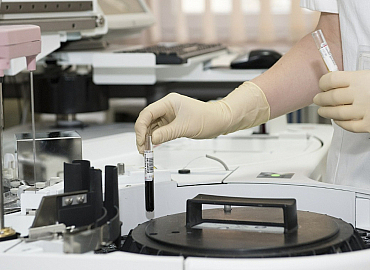The term “accumulation of salts” in organs and tissues is not used in the medical terminology. Thus, in the overwhelming majority of cases, people call it the formation of osteophytes – the overgrowth of bone edges with various types of degenerative-destructive pathology of the musculoskeletal system, accompanied by pain, crepitus in the joints, and their deformation. However, the osteophyte is not the accumulation of “salts”; it is a newly formed, physiologically defective tissue, structurally remotely resembling the bone tissue. The described symptoms can be associated with various diseases that have their own causes of progression.
Thus, the disorder of purine metabolism leads to the gout progression, when crystals of urates (uric acid compounds) are accumulated in the joints and epiarticular tissues. Urates as foreign bodies provoke the inflammatory state progression (gouty arthritis) with severe pain and limited motion activity. The small joints of hands and feet are most commonly affected. In addition, accumulation of urates in soft tissues and subcutaneous tissue results in the formation of yellow nodules (tophi) appearing in elbows, auricles, extensor surfaces of forearms, thighs, legs, Achilles tendons, on the forehead.
Abnormality of calcium metabolism with the precipitation of calcium salts from the dissolved state and their accumulation in tissues and organs are common for calcifications (metabolic, metastatic and dystrophic). Thus, local metabolic disorders lead to the accumulation of calcium salts in muscles, subcutaneous tissue, and skin. The hands, elbows, auricles, lower extremity, buttocks, back, and large joints are most often affected. The high concentration of calcium salts in the blood (hypercalcemia) is inherent in calcification of blood vessels and internal organs. The diseases of the parathyroid and thyroid glands, bones, kidneys, intestinal canal, and D-hypervitaminosis can cause hypercalcemia.
Causes for accumulation of salts
There is one immediate cause of the pathology progression – the violation of water-salt metabolism, but there are many risk factors for the imbalance progression:
- unhealthy diet (overeating, spicy, fatty and salty food);
- excessive drinking;
- smoking;
- sedentary lifestyle slowing down the blood circulation in the joint area, thereby provoking the accumulation of salts in this area;
- excessive weight;
- genetic disorders of water-salt metabolism;
- metabolic disorder;
- diseases of internal organs related to the improper functioning of vascular and excretory glands;
- blood disease, skin disease;
- frigorism;
- injuries;
- high load on joints provoked by the use of uncomfortable shoes that in its turn causes the micro traumas of the joint areas resulting in accumulation of salts.
Symptoms of accumulation of salts
All diseases have their specific symptoms. In case of calcifications, problems in diagnosis are due to the long asymptomatic period. Under the skin of hands and feet (in the area of small joints), elbows, knees, auricles and other places, small rounded or irregularly shaped formations, ranging in size from a pea to a walnut, can appear. They are dense, mobile, and painless on palpation. The skin over them is cyanotic, thinned, without inflammatory signs.
Pain, redness, and swelling of the joints are the first signs of accumulation of salts in case of gout. “Crepitus” of the affected joint can occur in case of degenerative and destructive changes of the cartilage surfaces. The affection of the nerve endings leads to the loss of sensitivity and numbness.
In the early stages of disease, the symptoms, as a rule, occur periodically, only after intense physical activity. In the course of disease progression, pain starts to bother constantly even at rest, at night the pain becomes paroxysmal.
Drugs for treatment of accumulation of salts
Due to the constant pain and limitation of physical activity, diseases with the accumulation of salts not only worsen the quality of human life, but can also lead to the disability. Disease control is a very long-term process involving a complex of various methods: physiotherapy, exercise therapy, diet, and drug treatment. The decisive role in treatment belongs to the use of pharmacologic agents, which are taken in order to eliminate not only the pain and inflammatory state, but also the disease causes.
The following groups of drugs represent the complex of pharmaceutical products for the treatment of the accumulation of salts:
- non-steroidal anti-inflammatory drugs. They effectively eliminate pain and relieve the inflammatory process (Ibuprofen, Ketorolac, Diclofenac, Ketoprofen, Celebrex, etc.);
- chondroprotectors. They provide the regenerative function, replenishing the lack of destroyed cartilage tissue, as well as prevent further destruction of cartilage (Theraflex, Alflutop, Structum);
- glucocorticosteroid hormones. They are used in case of severe pain and can instantly relieve pain (Hydrocortisone, Metipred, Kenalog);
- bisphosphonates. They combat the immediate cause of the accumulation of salt, restoring the metabolic processes. They act as natural regulators of mineral metabolism, inhibit pathological accumulation of calcium salts, and facilitate the regeneration of affected tissues. In addition, agents with bisphosphonates are effective in elimination of pain and inflammatory process (Aclasta, KSICREAM, Zoledronate, AKSINIA cream).
Each group of agents used for the treatment of accumulation of salts can be presented in different forms. The use of multidirectional ointments and creams is very effective. Thus, AKSINIA body cream with the active bisphosphonate complex regulates the calcium metabolism, has a general strengthening effect, prevents crystallization and accumulation of calcium salts and, at the same time, has no side effects.
Professor of Bogomolets National Medical University, L.V. Degtyareva.
-

KSICREAM CA-CONTROL Calcium Body Cream, 70 g
550.00 ₽€ 6.33
 23 Mar 2017 г.
23 Mar 2017 г. 











